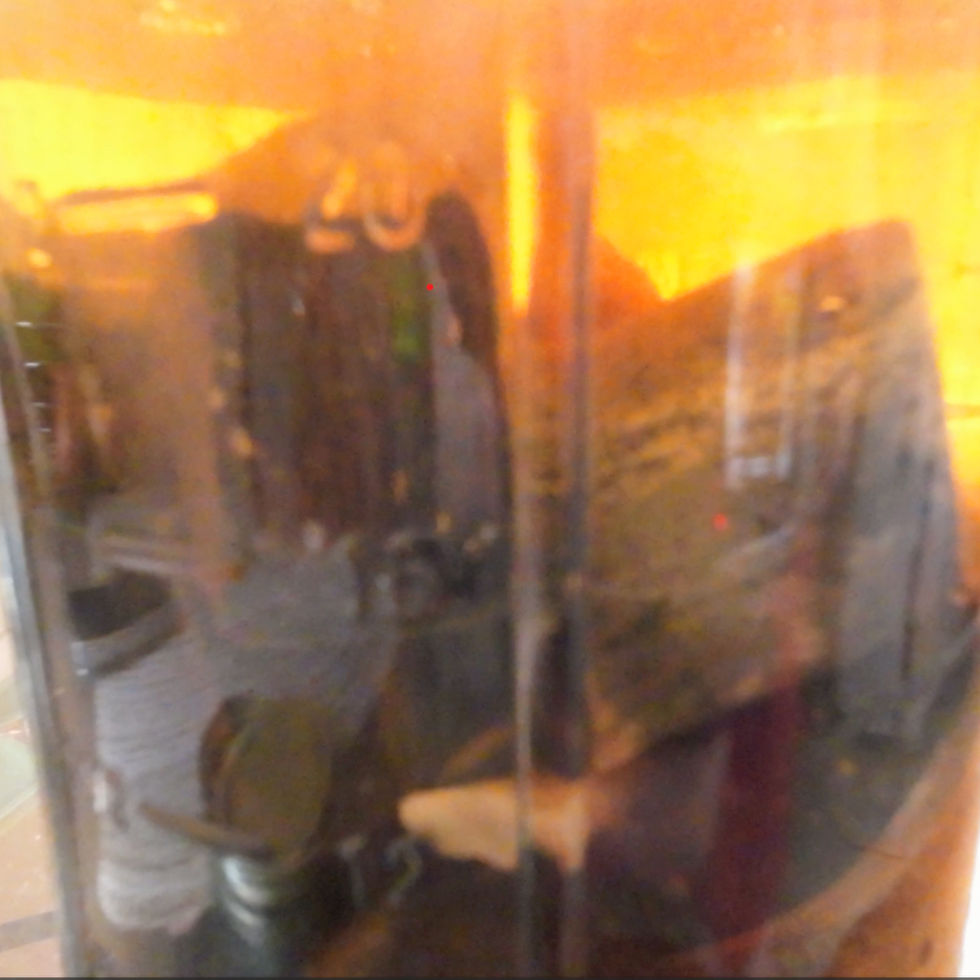Your Garden Needs Sun
- Sherri Miller

- May 4, 2022
- 3 min read
Updated: Jul 17, 2022
LIBERTY GARDEN
WHAT IS NEEDED TO GROW FOOD

What do you need to grow food?
1. Air
2. Water
3. Sun – Light & Heat
4. Soil
5. Nutrients, Minerals
6. Plants & Seeds
In this series we discuss what is needed to grow food. This episode is about sunlight.
YOUR GARDEN NEEDS SUNLIGHT & HEAT
SUNLIGHT
Plants grow by converting sunlight into energy, using minerals in the soil, and storing that energy as sugars and starches. This energy conversion process is called photosynthesis. People and animals cannot photosynthesize, so they need to get energy from plants. Without sunlight we would have no energy and no life. It all starts with plants capturing the energy of the sun.
While all plants need light, the levels of light they need and can tolerate vary greatly. Too much sun can cause sunburn and wilting. Without enough sunlight a plant cannot get enough energy to live. Both too much sun and not enough can kill plants.
To grow a garden you need to know the amount of light each type of plant needs. A few plants need full sunlight all day long. Other need full sun only part of the day. Some do best in partial shade, and only a few can tolerate deep shade.
Your sunlight will change over the course of the year so plan for the changing direction and intensity of sunlight as winter becomes summer becomes winter again.
There are 5 types of sunlight:
1. FULL SUN
Grow full-sun-plants in the open away from trees, fences and buildings.
Full sun means the plant needs 6 full hours of sunlight, not necessarily all day. Afternoon sun is hotter and may be a problem for plants that like full sun.
Full sun plants include drought tolerate plants like succulents, and most plants grown in a vegetable garden.
2. PARTIAL SUN
Partial-sun-plants typically need 4 hours (at least) and up to 6 hours of sun a day, but they also require time in shade.
Morning sun may be better as afternoon sun tends to be much hotter. Keep these plants shaded during the most intense sun.
Flowering plants tend to do best in partial shade.
3. PARTIAL SHADE
These plants typically thrive in partial shade with less than 4 hours of direct sun, but need at least an hour and a half of sunlight.
East facing plantings are good places for partial-shade-plants which offers morning sun and shade from hot afternoon sun.
4. DAPPLED SUN
A few plants do best with dappled shade, such as under a tree where sun filters through the leaves.
Dappled-sun-plants do well with morning or early afternoon shade but need only a little sunlight during the day.
Many evergreen and flowering shrubs, and many flowers do best in dappled sun.
5. FULL SHADE
All plants need sun, but full-shade-plants typically come from places like the floor of a forest, and should get less than 3 hours of direct sun.
These plants will grow in the shadiest parts of your yard and tend to be low maintenance once established.
They also do well indoors. Houseplants are typically full-shade-plants.
HEAT
Sunlight also gives heat to the Earth. If the ground is frozen nothing can grow. Plants wait until the soil has enough heat for them to grow. Plants in the tropics grow faster because there is more heat.
If you start seeds indoors and the weather is still cold the seeds may not germinate, they won’t sprout. Some people use a heating mat to warm the seed trays in cold climates.
If you plant outdoors while the soil is too cold seeds will not germinate. Conversely, too much heat will cause plants to wither and die. Spring and fall are better planting times than the height of summer.
Ensure plants have enough heat to grow, protect plants from overheating, and work with your seasons. Some plants, like peas, cabbages, kale, and lettuce prefer cooler seasons like early spring or late fall.
Other crops do best with warmer temperatures. Heat loving crops include food like sweet potatoes, beans and squashes.
Seed packets and catalogs should list what season to plant in your area. The Farmer’s Almanac and other gardening almanacs are also useful to determine best planting times for your area.




Comments